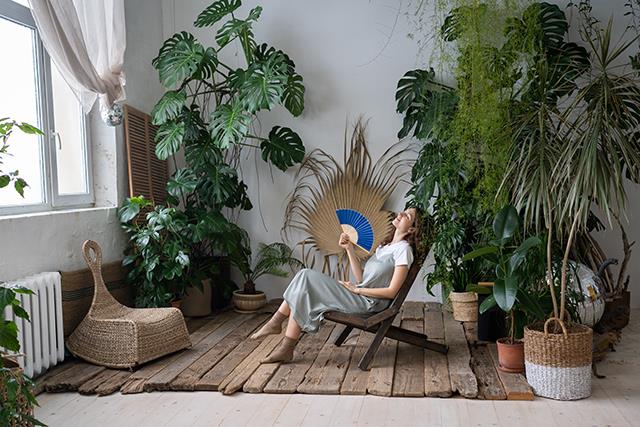Home is more than walls and furniture-it’s a sanctuary, a safe container for life’s emotions, transitions, and celebrations. In chaotic times, transforming the living space into a personal retreat can deeply impact mood, focus, and well-being.
A sanctuary is not necessarily large or luxurious. It is designed with the intention of comfort, restoration, and meaning. Each element-colors, textures, scents, and sounds—works together to create a nurturing environment.
Color psychology plays a significant role. Soft blues, earthy greens, warm neutrals, and natural wood tones promote calmness and balance. Avoiding overly bright or harsh palettes helps reduce visual tension. Accent colors like terracotta or deep navy add grounded elegance.
Lighting is equally vital. Harsh overhead lights are replaced with warm lamps, dimmable bulbs, and natural daylight. Candles and fairy lights add coziness. Light becomes not just functional, but atmospheric.
Textures tell the story of comfort. Soft throws, wool rugs, linen curtains, and tactile surfaces encourage a sense of touch. Incorporating layers creates warmth and invites relaxation.
Scent transforms a space instantly. Diffused essential oils, incense, natural cleaning products, and fresh flowers add a subtle, aromatic signature to each room. Lavender, sandalwood, and citrus are popular choices for calm and freshness.
Soundscapes are another overlooked sanctuary element. Gentle background music, ambient nature sounds, or the hush of silence deepen the restorative feel. A quiet corner for reading or tea can become a grounding daily ritual.
Beyond sensory design, a sanctuary home includes space for emotional renewal. This could be a journaling nook, a meditation cushion, or a creative station. These areas are not for utility-they are for soul connection.
Decluttering also plays a role. A sanctuary is not crowded. It contains what is needed and loved. Tidiness reduces mental clutter and allows beauty to stand out.
Personal touches make the space authentic. Photographs, handwritten notes, cherished books, or inherited items provide emotional anchors. Art that uplifts or inspires can transform a blank wall into a meaningful moment.
Creating a home sanctuary doesn’t require a complete makeover. Even small changes-an organized shelf, a new pillow, a lit candle-can change the atmosphere profoundly.
When the external world feels overwhelming, the home becomes a quiet retreat-a reflection of values, a container of peace, and a source of daily renewal.


